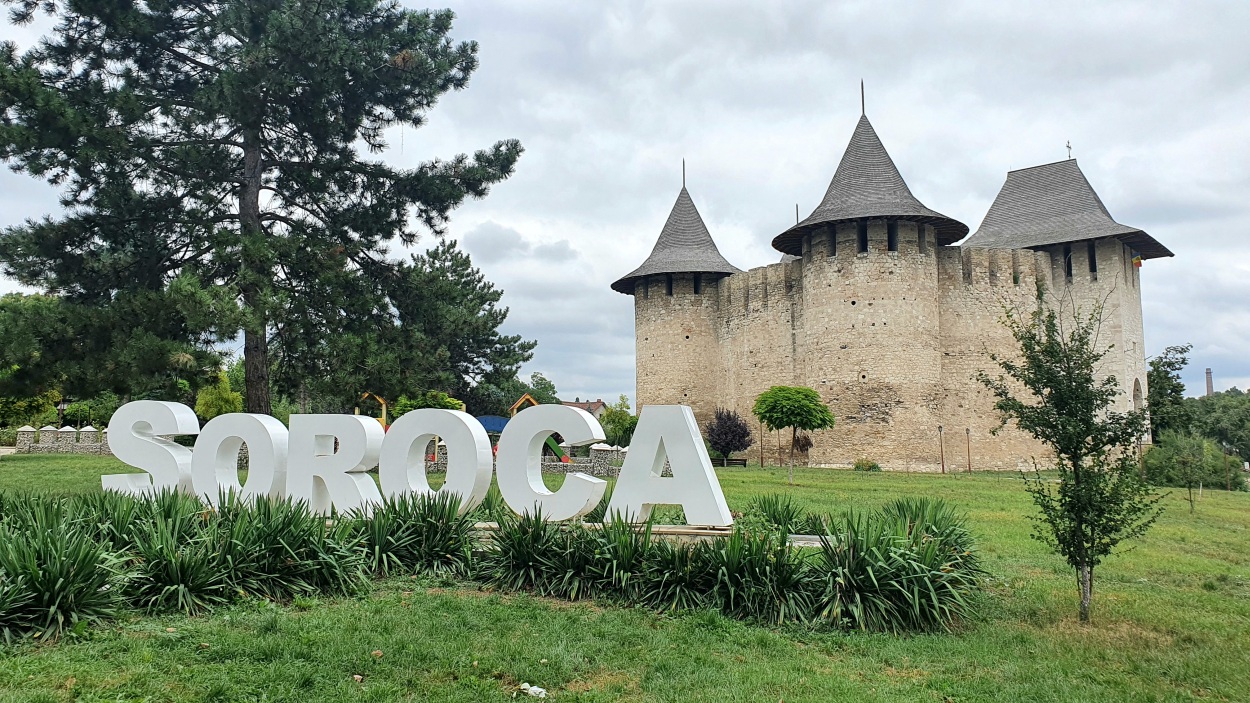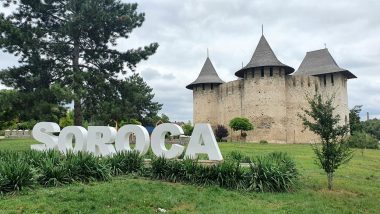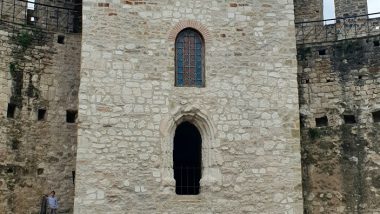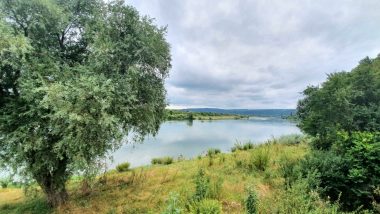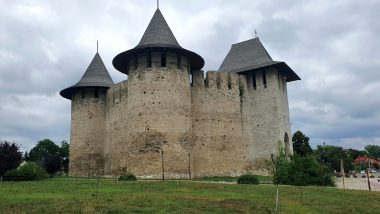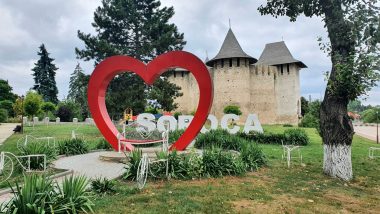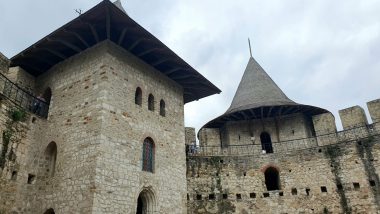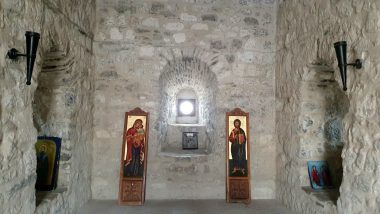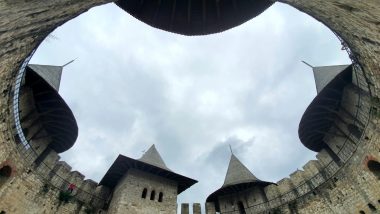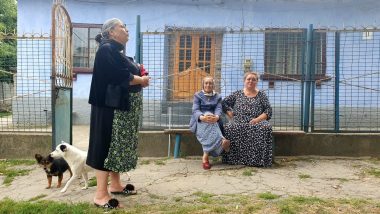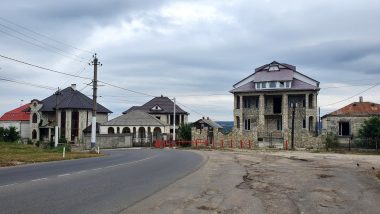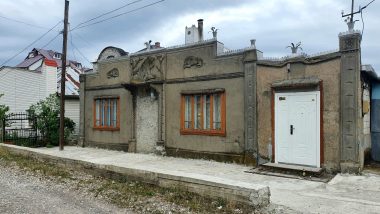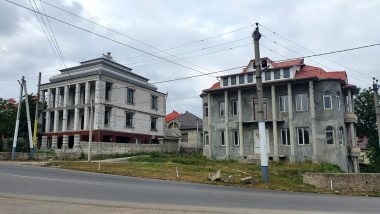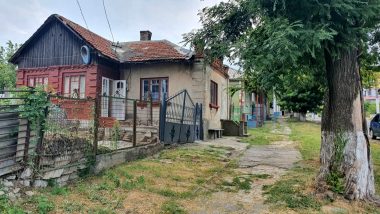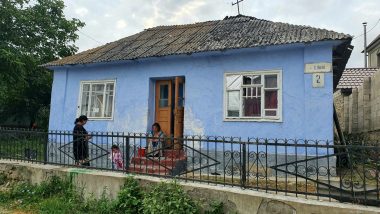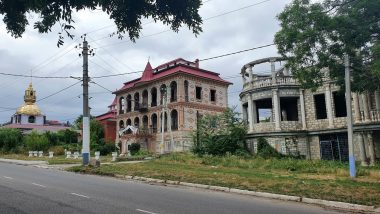Soroca is boasting both a medieval fortress dating from the days of Ștefan cel Mare and several new “fortresses” built by members of the Roma community, that’s why Soroca is known as the country’s Gypsy Capital. After so many centuries of struggle, it is perhaps unsurprising that those who achieve a measure of economic success want to flaunt it. So, on a Sorocan hilltop, amid the broken sidewalks and barely paved roads that reflect Molodva’s status as the poorest country in Europe, Roma residents build elaborate houses, inspired by and borrowing architectural flourishes from famous buildings in wealthier countries. Below the hill was the original wooden fort (entrance 15 MDL), which defended a ford over the Dniester River. It was an important link in the chain of fortifications which comprised four forts (e.g. Akkerman and Khotin) on the Dniester, two forts on the Danube, and three forts on the north border of medieval Moldova. Between 1543 and 1546 under the rule of Petru Rareş, the fortress was rebuilt in stone as a perfect circle with five bastions situated at equal distances. During the Great Turkish War, John Sobieski’s forces successfully defended the fortress against the Ottomans. It was of vital military importance during the Pruth Campaign of Peter the Great in 1711. The stronghold was sacked by the Russians in the Russo-Turkish War (1735–1739).
Parking location – Soroca: 48.161529N 28.304294E


